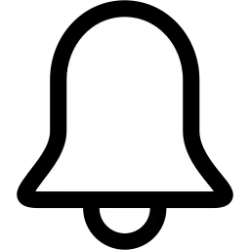Will this appear as an update, or is it done in the background? Will it bump up my build number?
Both good questions. For me, Windows kept nagging me to complete the repair. Once it installs you may need to reboot.
If I weren't so lazy, I'd attempt an installation on my AMD X570 Asus HERO which patiently sits beside me, dormant, and missing RAM.
Going over your specs I'd venture that we have very similar gaming rigs. Alas, I'm a terrible gamer so this isn't a priority for me.
Every PC is different. So I honestly cannot say when you would be requiring a restart on a successful repair. For me, the repair kinda sorta took place with Windows open BUT I would venture that you should get this update because your PC is fairly new and has TPM2. My issue with this update was TPM2 related and just about everyone in this forum likely knows my sentiments regarding TPM2. In fact, the reason my RYZEN build is down and out is due to Windows rejecting the Windows 11 Ready system board. I'm getting rather used to Windows rejecting Windows 11 Ready platforms.
I was told to get a TPM2 module for this issue but I already have native onboard TPM2 on the HERO X570. I should not have to do that and you shouldn't either. Because of my recent experience with this update and the repair pointing to TPM2 on my Intel platform I'm tempted to suggest trying what I did: Set the BIOS to the defaults. Now this is a pain because afterwards you will have to put everything back the way it was in your UEFI. In my case it was the only way I could get my system to take the repair. Once the repair is made you can run the Windows Update Troubleshooter. It will tell you that your PC doesn't have TPM2 at which point you go back into your BIOS and restore your settings. Perhaps if you have a profile to fall back on it will be easier but I don't guarantee it. After you re-enable TPM2 your system will accept the update. Mind, this is on an Intel platform so it could be different in your case.
Is this issue TPM2 related? A: It's hard to say. I was advised to set my "BIOS" to default. In a round about way that seemed to help. If the issue is TPM2 related then it only further substantiates my personal position on TPM2. That is, the Consortium should give it up. They've had 12 years to make it work right and it continually breaks. I haven't checked to see if my Windows 7 Ultimate still works on the X299 build anymore. TPM2 makes dual booting tough.
As for bumping up your build number, I didn't check to see if I had a new build # or not but it sure behaved like it was giving me a new version. I can only say that I'm glad I didn't have to do this after I installed my apps. Alas, Co-Pilot is back again and I'll have to tweak everything all over again.
KB5055523 is causing people a lot of trouble so it probably won't be long until a proper fix for it is out. Perhaps just waiting is best.









